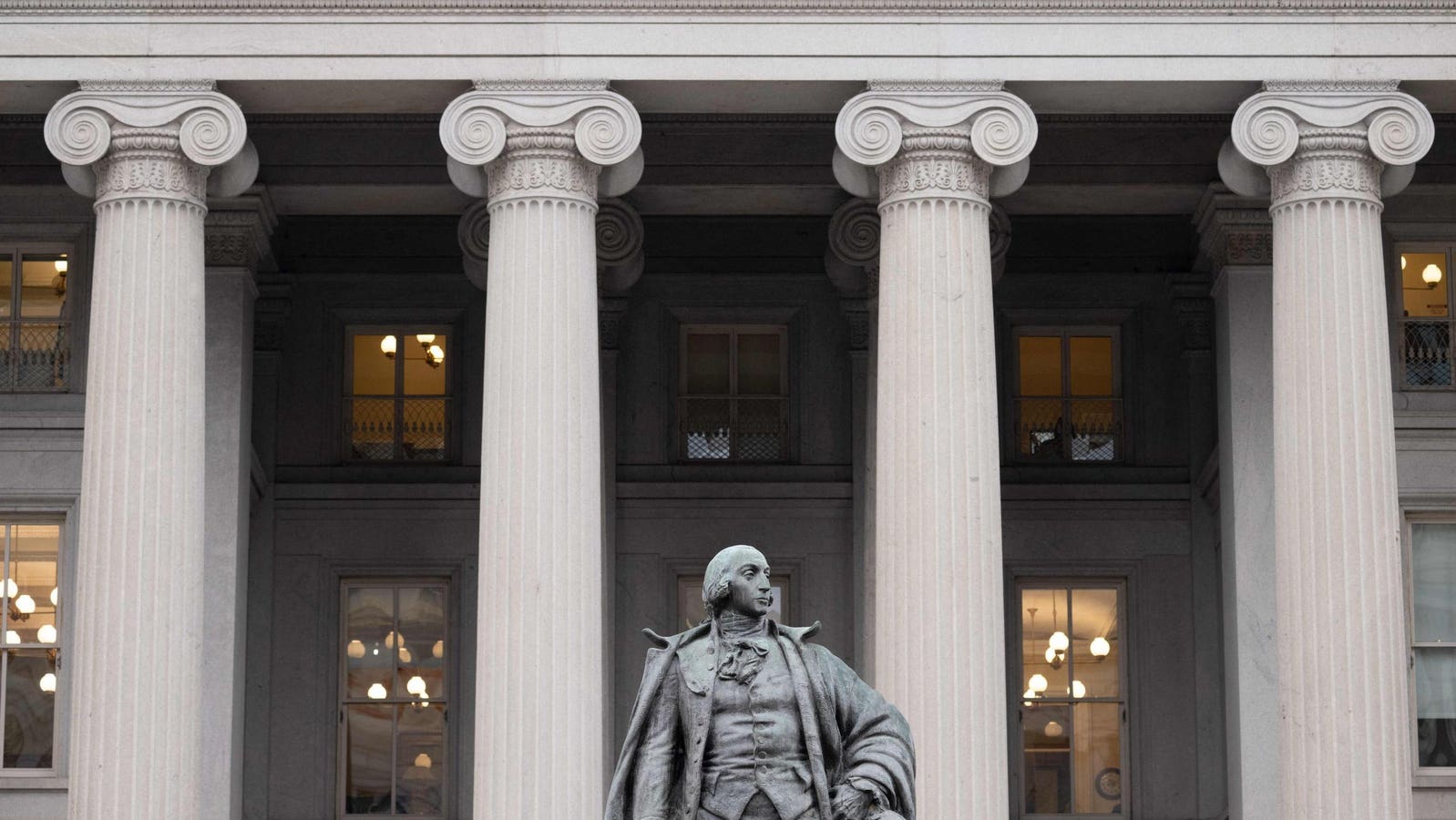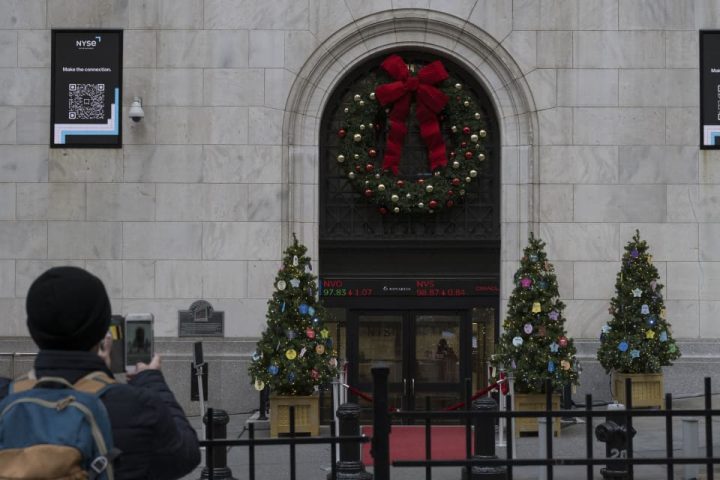Quietly, the U.S. government and private credit issuance are edging out public (SEC-regulated) credit markets. The trend began before the pandemic and it is accelerating.
To grasp the scale and speed of this change, consider the data on global private credit AUM. In 2008, it was a little over USD200 BN. By early 2023, BlackRock’s
BLK
Also since 2008, outstanding U.S. Treasury market issuance has grown 500%, to USD25 TN, a jaw-dropping 56% compound average growth rate (CAGR). In the same time frame, Treasuries’ share of total U.S. bond outstandings has gone from less than 20% to about 50%, edging out every other sizeable bond market sector.
Private Credit And U.S. Treasuries Have One Thing In Common
Neither one relies on credit ratings by Nationally Recognized Statistical Rating Organizations (NRSROs), the government-licensed credit rating agencies (CRAs) regulated by the SEC.
Credit ratings have a special place in our current market microstructure. Since the 1960s, NRSROs have had enormous sway in the fine print of the world’s credit markets. By making credit issuance more informationally rich and consistent, credit ratings make debt capital markets more competitive and liquid. Or so the theory goes.
Then, why have rated credit sectors been withering since the Global Financial Crisis (GFC) peaked, at the expense of the non-rated sectors? And so long as money is flowing, does it really matter?
This blog argues that the structure of money flows matters to economic health in the same way the calories we choose to consume matter to bodily health. Like our bodies, our economies can handle system imbalances. But only up to a limit. Calories count, even when we forget to count them. Calories from synthetic sources that cheat the body can kill if excessively consumed.
Private Credit Has Organic Limits—Treasuries Are In Denial
Private credit is characterized by opaque information and bespoke structures. Being opaque means they cost more than rated bonds. Being bespoke means they are harder to trade. The presence of private credit makes credit markets more expensive, less liquid. Less healthy. But, being subject to the laws of supply and demand, there are natural limits to private credit expansion.
Private creditors can try self-financing with tokens—a strategy that failed spectacularly for FTX. A more realistic alternative is to repackage and sell on-balance sheet loans as securities; but since many potential buyers are regulated, this brings private credit back under NRSRO influence, which is a structural limit to expansion.
Do U.S. Treasuries have natural limits? S&P and Fitch already downgraded Treasury’s long-term claims-paying ability below AAA/Aaa, the apex of the credit scale. I wrote about it here. Price-wise, global financial markets still transact as if credit ratings on Treasuries are immaterial, for at least three plausible reasons:
Habit: After half a century of accepting dollars as the world’s currency, the fictitious, hand-in-glove assumption of unlimited U.S. debt capacity is hard to shake.
Ideology: Modern American financial theory assumes that all financial transacting takes place at the risk-free rate. Efficient market theory is based on it. Without a risk-free rate, we don’t have a theoretical basis for asset price movement mechanics.
Practice: A risk-free rate does not need a risk-free borrower. But in support of the risk-free borrower with infinite capacity fiction, the Federal Reserve issues new debt at will. The pricing is the de facto replacement cost for riskless real-time money.
These are all rationalizations. They do not matter.
What matters is how the pure monetary perspective (the USD is always worth 1USD) has thoroughly marginalized the credit risk perspective, where ratings represent a fair risk-adjusted cost of funds. They reflect the fractionalization of value that shows up in fractional capital reserving on regulated entities’ balance sheets. This is not so much a fiction as an ideal of equilibrium.
Junk Food Financial Theory Left A Hole That Needed Filling
In the markets we have, credit spreads are a markup over what the U.S. government pays—no matter what its real credit strength is. But from the strict credit perspective, risk-free is a fairy tale. No credit is without default risk.
Until the peak of the Global Financial Crisis (GFC), the risk-free fairy tale was less fractured. U.S. Treasuries were less than 20% of U.S. bonds outstanding—not 50%—and their dollar value in aggregate was less than 65% of GDP—not over 100%.
The story of untrammeled Treasury growth started with the Fed bailout of U.S. broker-dealers, halting the tsunami of insolvencies in 2009. Pundits rationalized this cheap money as the life raft that pulled the U.S. economy through the GFC and the pandemic. But here’s an interesting alternative perspective: the Fed reversed its monetary policy in the year (2022) when the quantity of outstanding Treasuries matched an independent estimate of economic loss caused by the GFC: USD22TN.
It is simply impossible to fathom—or perhaps more importantly, to confess—just how dysfunctional the NRSRO credit benchmarking function had to have been to create a hole that big. But we all live with the fallout. And junk-food financial theories go on, silently sidelining the role of credit.
The preface to the book by economist Ann Pettifor, The Production of Money, reminds us of the social value of credit:
The development of monetary systems for the creation and management of credit was a revolutionary advance for civilization simply because it ensured the wider availability of finance. That finance in turn generated economic activity such as employment creativity innovation scientific inquiry, the provision of goods and services—activity that society deemed useful or important.
The subtitle, How to Break The Power of Bankers, is ironically being carried out systematically by the expansion of U.S. government debt at the expense of credit and natural borrowers who need credit—the real sources of value in the economy.
Back To Basics
Lately, regulators have been fretting over Treasury Basis trades—those yield curve arbitrages fueled by large nonbanks that borrow heavily in short-term collateral (“repo”) markets to exploit small dislocations between spot and futures Treasury prices (“the Basis”) and make “risk-free” profits for client institutions that have longer-dated exposures.
Incidentally, these clients institutions are the same folks private credit looks to, to lay off expensive levered bets: life insurance companies, whose own risk maturity profile is affected not just on the supply side by synthetic financial products but also on the demand side by the real—bodily—health issues.
It’s the role of regulators to make policy prescriptions, but it is not the market’s role to make them come true. For every regulator who wonders how to curtail the leverage building up inside every sector in the credit supply chain that is not a zombie, the answer must begin by confronting credit realities.
Start by separating the concept of a risk-free rate, an asymptotic value with a solid place in modern financial system theory, from the concept of a risk-free borrower, an unsustainable fairy tale that we can and should start living without.
Read the full article here






